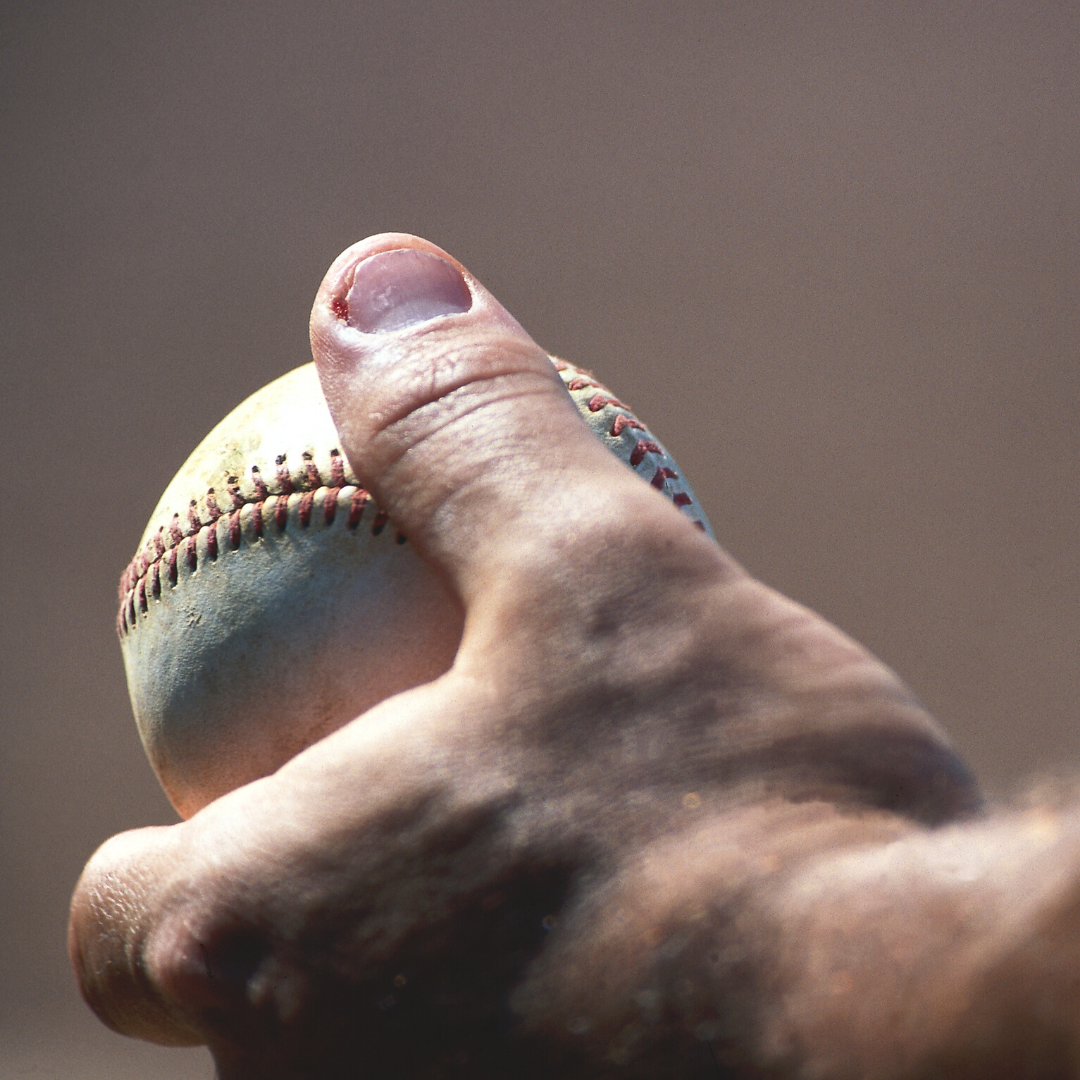Boston Celtics All-Star point guard Kyrie Irving missed his team’s run at the Eastern Conference Finals after undergoing left knee surgery in April because of an infection. During this surgery, two screws, which were implanted after his patellar fracture in the 2015 NBA Finals, were removed because of an infection at the site of the screws.
Painful hardware after surgery is not uncommon, although in most cases it is removed electively when convenient for the patient. The timing of Irving’s hardware removal, toward the end of last season, was a bit curious at the time. However, in light of the infection that was subsequently identified and treated, the timing makes more sense now.
Hardware is typically removed when it is painful. Sometimes the pain is due to the fact that the implants used (screws and a wire, in Irving’s case) are relatively superficial, making them prominent under the skin. Another cause of pain after hardware is placed to treat a fracture is infection. Treating infection in bone is a serious matter because if the infection isn’t completely eradicated, it can lead to destruction of the bone or spread elsewhere in the body. For this reason, an aggressive approach is used, combining surgery with a prolonged course of antibiotics.
For professional athletes, clearing up the infection is just the first step. Irving underwent a removal of hardware and debridement surgery in April. At that time, the infection was diagnosed, so he was treated with antibiotics post-operatively. Once it was determined that the infection was cleared (which was based on physical exam, blood work to check markers of infection and, possibly, repeat imaging studies such as an MRI), only then could Irving’s true recovery back to NBA-level basketball begin.
Because Irving’s patella (knee cap) was the infected bone in question, he wasn’t able to put too much weight on it, and running and jumping were out of the question. During the initial healing phase, the body tries to heal the area from which the hardware was removed by filling it in with new bone. Unfortunately, this process may be compromised in the setting of infection, causing a more delayed recovery. In Irving’s case, it is likely that his doctors restricted his activity level until the bone healed completely.



